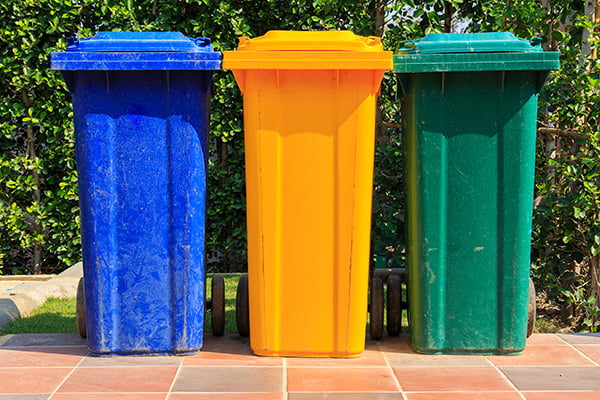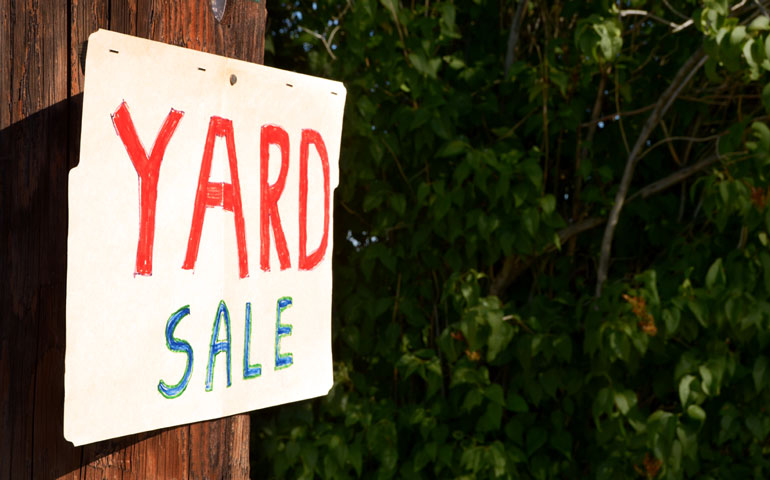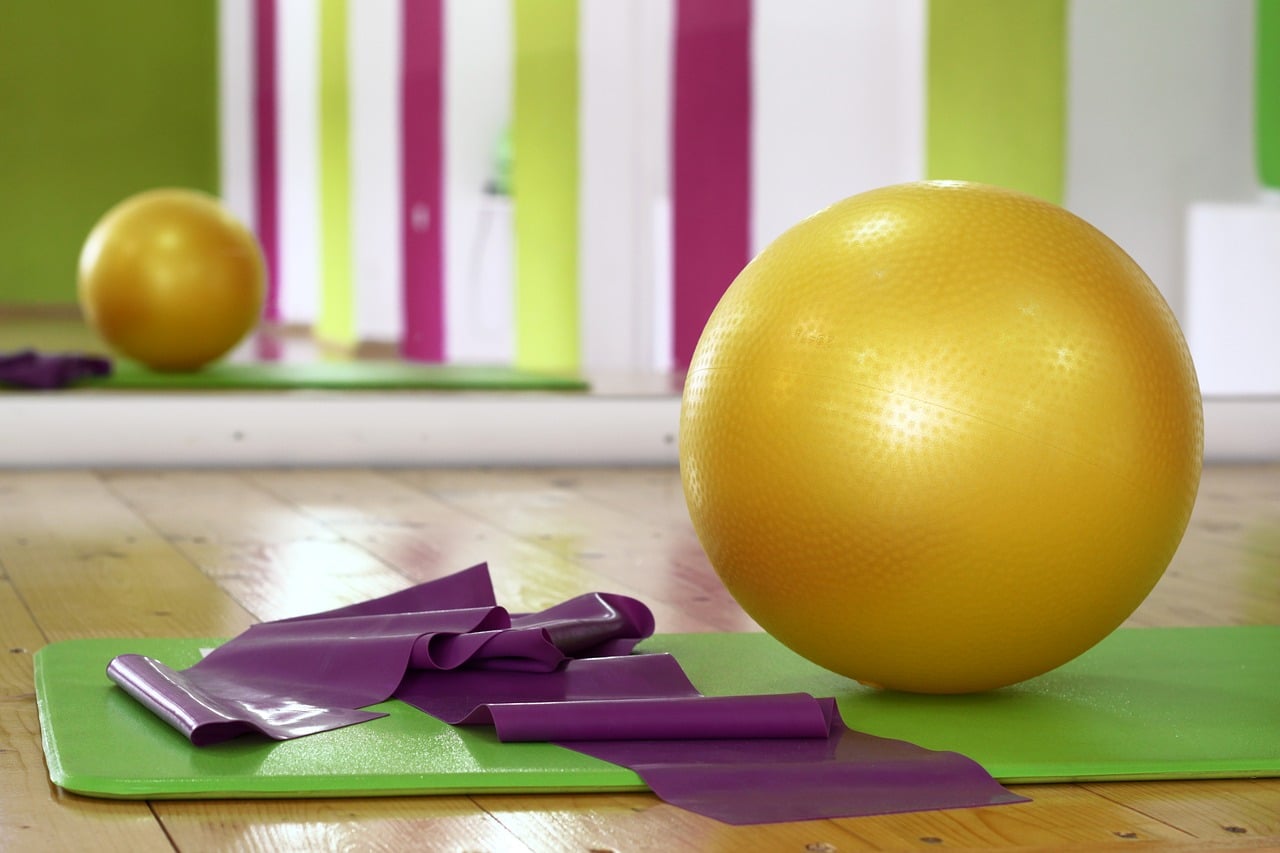Key Takeaways
- Repurpose and Get Creative Before Tossing Out: Explore ways to repurpose old items before discarding them. Convert old materials into new and useful products to reduce waste effectively. Dispose of non-recyclable or hazardous items in an environmentally friendly manner. Research recycling options in your area and make efforts to minimize the impact on the environment
- Opt for Swapping, Sharing, and Donating: Organize a swap with friends or family to exchange unwanted items. This can be a fun and sustainable way to get rid of clutter without adding to landfill waste. Donate usable items to organizations or individuals who can benefit from them. Look for local charities or nonprofits that accept various items, including clothing, furniture, and appliances.
- Prevent Future Clutter: Implement strategies to avoid accumulating unnecessary items in the future. Practice mindful shopping, adopt a one-in, one-out policy, and prioritize organization to maintain a clutter-free living space.
There’s something about clutter that makes most of us break out into a cold sweat.
From the piles of clothes that never get worn, to the useless gadgets that clutter your kitchen drawers (cherry pitter, anyone?), to the old skiing equipment you haven’t touched in who-knows-how-long, having stuff around that you don’t need is bizarrely stressful.
Getting rid of it can be, too. If you clean out all your junk, tie it in trash bags, and set it out on the curb, chances are, you’ll be racked with nightmare-inducing guilt over the fact that you’re adding more unnecessary garbage to our already overflowing landfills.
Thankfully, it doesn’t have to be that way. Next time you get hypnotized by the urge to clean house, look to these simple guidelines for the best ways to repurpose, sell, donate, and recycle your old goods.
1. Get crafty.
Start by flexing your creative muscles to figure out how you can turn whatever trash you have into something more treasure-like.
Don’t worry, this doesn’t necessarily mean that you need to have the skills of a hardcore crafter, carpenter, or handyman. For instance, you can cut old bath towels into small rags that you can use for cleaning, instead of disposable paper towels. Or, try fastening an old sheet or blanket around a lumpy pillow, and using it as a bed for your dog or cat. (They won’t mind that an old sheet that’s been used—promise.)

2. Set up a swap.
Spending an entire Saturday sitting on your stoop trying to shill your stuff isn’t fun. So skip the usual tag sale and set up a swap with your friends or family. It’s easier, and you get to hang out with your favorite people at the same time.
You could set up rules, like having everyone bring a certain number of items. But if the number-one priority is just to get rid of your old goods, keep it simple: Invite friends to bring whatever items they don’t want anymore. Put all of the items in the middle, and let people look around and take what they need.
The only catch? You can only take as many items as you brought to the swap. That way, no one goes home empty-handed. (Unless they want to.)
3. Host a virtual yardsale.
Sure, Craigslist is one option—but there are tons of others. Take an extra two minutes to snap an artsy picture and post your stuff on Instagram or on a local community Facebook group. That way, you’ll actually know the person who’s coming over to buy your old bike or couch, instead of dealing with a total stranger.
Take advantage of resale apps or sites that give you cash for your goods up-front.
As for eBay? Unless you’re selling something rare or unique, auctioning off your stuff might be more trouble than it’s worth. Instead, take advantage of resale apps or sites that give you cash for your goods up-front (or at the very least, make the selling process easier and more streamlined).
For clothes, try ThredUp or Tradesy. As for old electronics? Gazelle will buy your old smartphone or other device. You can sell old books through Powell’s, or get cash back for textbooks at BookScouter or Amazon.
4. Pass it on to someone who needs it.
When it comes to donating your gently used goods, clothing and shoes are just the beginning. Organizations like Habitat for Humanity will take your furniture, appliances, and even building materials for resale at their nonprofit, home improvement ReStores.
Or, schedule a pickup with your local Salvation Army. It takes everything from clothing, to cookware, to cabinets, to cars.
5. Find out how to toss it responsibly.
You can find a second home for a lot of your stuff, but you’d be hard-pressed to track down a person who wants your half-empty paint can or used up printer cartridges. It’s fine to get rid of this kind of stuff, too—as long as you do it in a way that’s easy on the environment.

That means finding a way to recycle whenever possible. Sure, it’s more work than just throwing the item in question in the trash and forgetting about it. But part of living lightly and being mindful about your consumption is taking responsibility for your stuff—even when it’s time to get rid of it.
So do the extra legwork and find out about green options in your area. The EPA has info on how to safely discard of everything from used oil, to batteries, to old tires. And directories like Earth911 makes it easy to find recycling locations nearby.
6. Keep future junk at bay.
Once you’ve cleared out all the clutter, the only thing you have to worry about is how to keep the all the crap from piling up again. Which, as everyone knows, is easier said than done. But these tips can help.
- Have a one-in, one-out policy. Make a rule that whenever you buy something new, something old has to go.
- Skip the impulse buys. Think about the items you truly need before you go shopping, and make a list. If it’s not on the list, don’t buy it.
- Stay organized. You’re less likely to end up with unnecessary multiples (who needs three remotes?) when you can easily take inventory of the stuff you already have.
- Make buying your second option. Do you really need an avocado pitter or an egg slicer when a knife gets the job done? When there’s something you need, make it a policy to try to be creative with what you already have instead of buying a new gadget. You’ll save money, space, and your sanity.
About the author
Mitchell Tollsen is a graduate student and a freelance writer who’s contributed to the Early Bird blog for three years. Mitchell’s always been fascinated by the science of sleep and the restorative processes our bodies undergo when at rest. The self-titled “Sleep Expert” is always looking for ways to improve his shut-eye, and throughout the years has implemented numerous lifestyle changes and tried dozens of sleep-promoting gadgets to determine the best ways to truly get better rest.
View all posts



